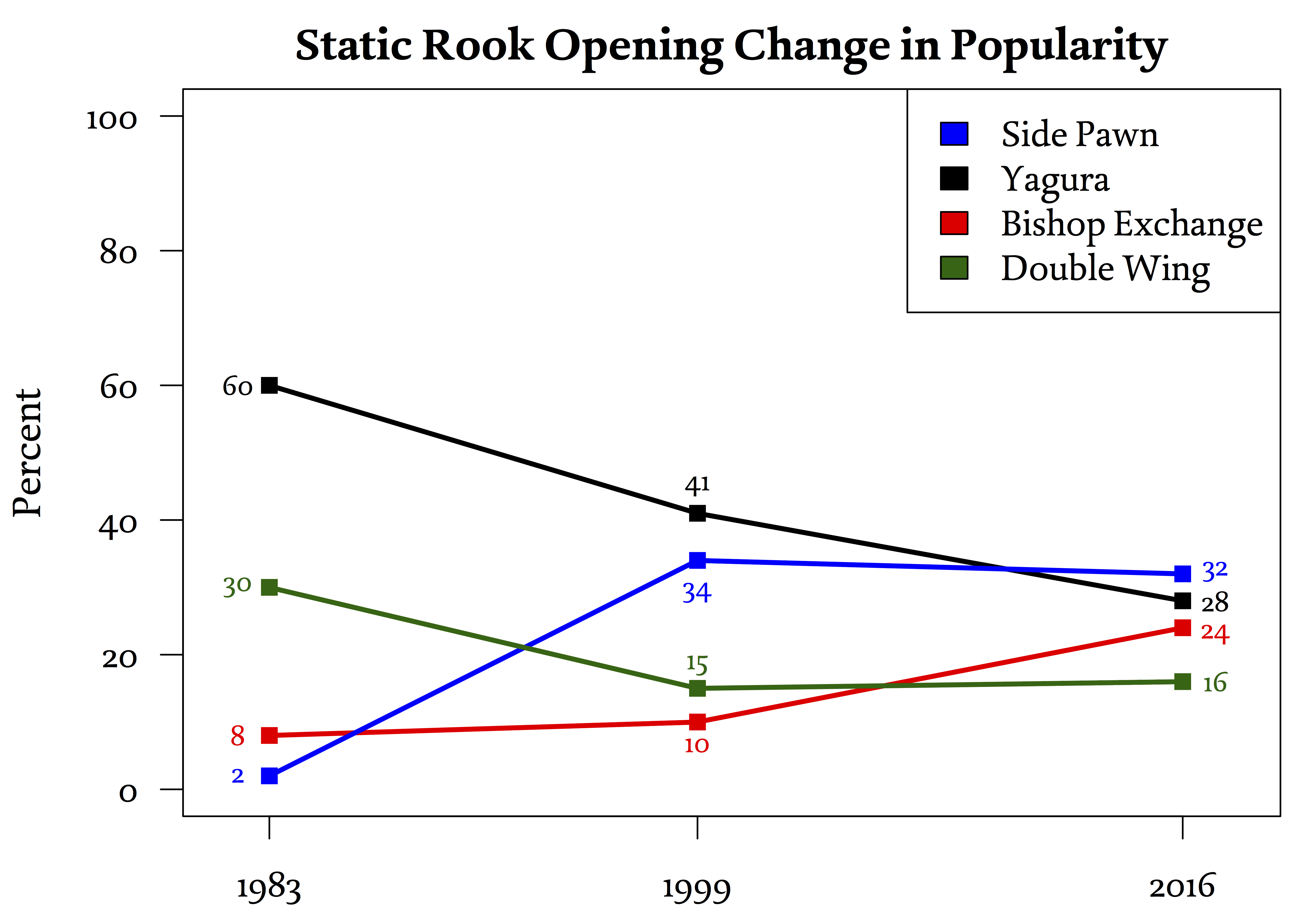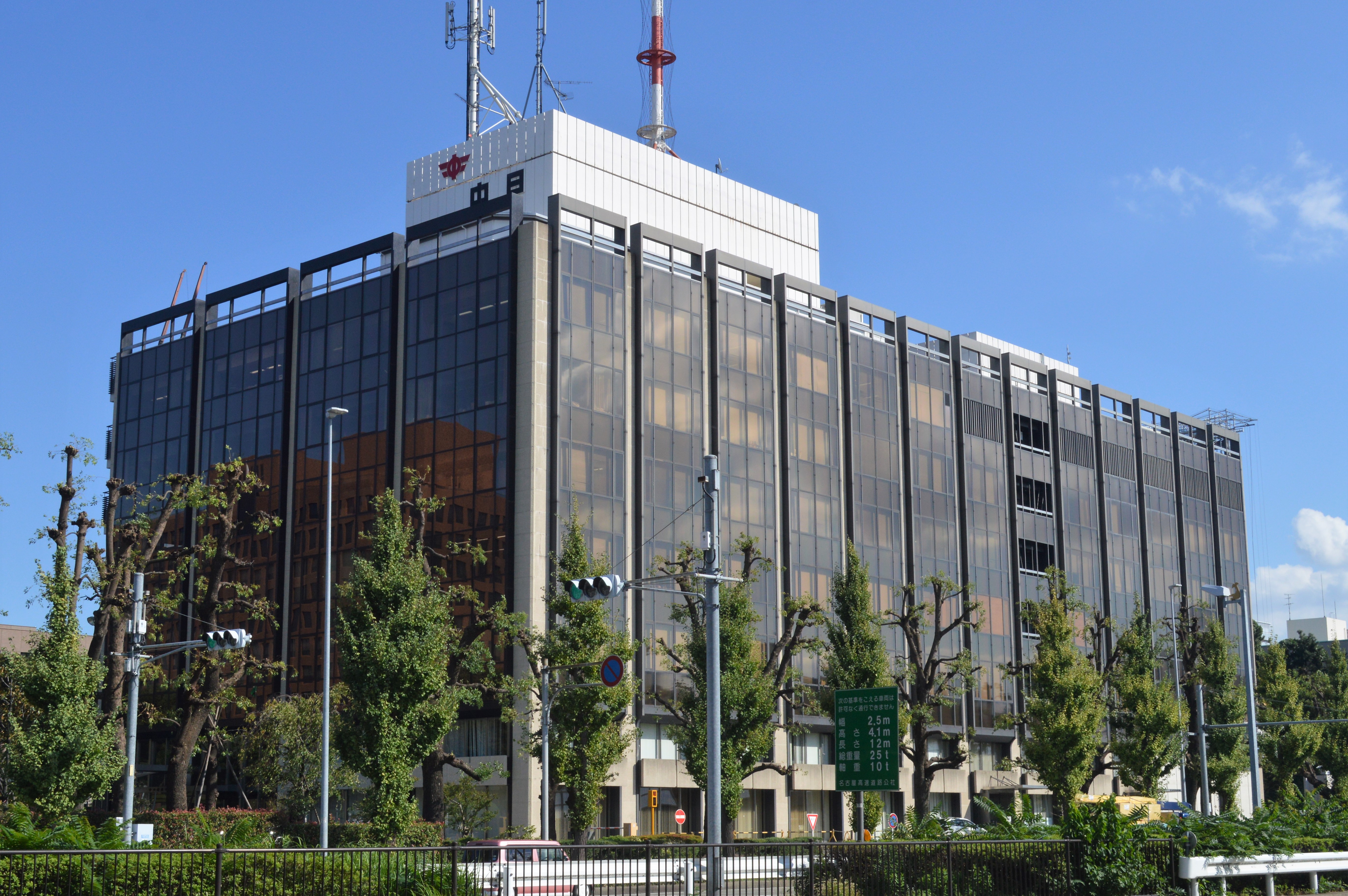|
Miran Nohara
is a Japanese women's professional shogi player ranked 1- dan. Early life and amateur shogi Nohara was born on August 4, 2003, in Toyama, Toyama. She learned how to play shogi from her father when she was five years old, and then started attending a shogi school in Kanazawa and receiving instruction from a former appentice professional 3-dan named when she was nine years old. As an elementary school fifth-grade student, Nohara won the 7th in 2014, and then won the same tournament again as a sixth-grade student in 2015. After entering junior high school, Nohara won the 8th in 2016 as a junior high school first year student, and then the 43rd as a junior high school third-year student in 2018. Her victory in 2018 was the first time the tournament had been won by a female. Nohara is the first to win the three years in a row; she won the 49th Amateur Women's Meijin Tournament in 2017, the 50th Amateur Women's Meijin Tournament in 2018 and the 51st Amateur Women's Meijin Tou ... [...More Info...] [...Related Items...] OR: [Wikipedia] [Google] [Baidu] |
Toyama (city)
is the capital city of Toyama Prefecture, Japan, located on the coast of the Sea of Japan in the Chūbu region on central Honshū, about north of the city of Nagoya and northwest of Tokyo. , the city had an estimated population of 415,844 in 176,643 households, and a population density of 335 persons per km2. Its total area was . Overview The city has been designated an Environmental model city (Japan), environmental model city by the national government for its efforts to reduce the emission of greenhouse gases. Cityscapes File:Toyama Castle (4207284334).jpg, Toyama Castle(2009) File:Anyobo, Toyama, Toyama Prefecture 930-0881, Japan - panoramio (35).jpg, Skyline of Toyama City(2015) File:View from Toyama City Hall, north side.jpg, Central Business District, CBD of Toyama(2018) File:Sogawa st.jpeg, Downtown Sōgawa(2016) File:Fugan unga.JPG, Toyama Kansui park(2016) Geography Located in the middle of its prefecture, Toyama is a seaside city by the coast o ... [...More Info...] [...Related Items...] OR: [Wikipedia] [Google] [Baidu] |
Io Murota
is a Japanese women's professional shogi player ranked 2-dan. Women's shogi professional Promotion history Murata's promotion history is as follows: * 2-kyū: October 1, 2005 * 1: 1-kyū: April 1, 2006 * 1-dan: April 1, 2008 * 2-dan: September 10, 2014 Note: All ranks are women's professional ranks. Professional Shogi Players Group Murota is a former vice-president of the , serving in that capacity from June 2015 until the end of May 2017. Personal life Murota married professional go player Yūta Iyama is a Japanese professional Go player. In April 2016, he became the first player in Japanese history to hold all seven major titles simultaneously. In January 2018, Iyama became the first professional Go player to be awarded Japan's People' ... in 2012, but the couple divorced in 2015. References External links * ShogiHubMurota, Io Japanese shogi players Living people Women's professional shogi players Professional shogi players from Aichi Prefecture Pe ... [...More Info...] [...Related Items...] OR: [Wikipedia] [Google] [Baidu] |
Japanese Shogi Players
Japanese may refer to: * Something from or related to Japan, an island country in East Asia * Japanese language, spoken mainly in Japan * Japanese people, the ethnic group that identifies with Japan through ancestry or culture ** Japanese diaspora, Japanese emigrants and their descendants around the world * Japanese citizens, nationals of Japan under Japanese nationality law ** Foreign-born Japanese, naturalized citizens of Japan * Japanese writing system, consisting of kanji and kana * Japanese cuisine, the food and food culture of Japan See also * List of Japanese people * * Japonica (other) * Japonicum * Japonicus This list of Latin and Greek words commonly used in systematic names is intended to help those unfamiliar with classical languages to understand and remember the scientific names of organisms. The binomial nomenclature used for animals and plants i ... * Japanese studies {{disambiguation Language and nationality disambiguation pages ... [...More Info...] [...Related Items...] OR: [Wikipedia] [Google] [Baidu] |
People From Toyama (city)
A person ( : people) is a being that has certain capacities or attributes such as reason, morality, consciousness or self-consciousness, and being a part of a culturally established form of social relations such as kinship, ownership of property, or legal responsibility. The defining features of personhood and, consequently, what makes a person count as a person, differ widely among cultures and contexts. In addition to the question of personhood, of what makes a being count as a person to begin with, there are further questions about personal identity and self: both about what makes any particular person that particular person instead of another, and about what makes a person at one time the same person as they were or will be at another time despite any intervening changes. The plural form "people" is often used to refer to an entire nation or ethnic group (as in "a people"), and this was the original meaning of the word; it subsequently acquired its use as a plural form of ... [...More Info...] [...Related Items...] OR: [Wikipedia] [Google] [Baidu] |
Living People
Related categories * :Year of birth missing (living people) / :Year of birth unknown * :Date of birth missing (living people) / :Date of birth unknown * :Place of birth missing (living people) / :Place of birth unknown * :Year of death missing / :Year of death unknown * :Date of death missing / :Date of death unknown * :Place of death missing / :Place of death unknown * :Missing middle or first names See also * :Dead people * :Template:L, which generates this category or death years, and birth year and sort keys. : {{DEFAULTSORT:Living people 21st-century people People by status ... [...More Info...] [...Related Items...] OR: [Wikipedia] [Google] [Baidu] |
2003 Births
3 (three) is a number, numeral and digit. It is the natural number following 2 and preceding 4, and is the smallest odd prime number and the only prime preceding a square number. It has religious or cultural significance in many societies. Evolution of the Arabic digit The use of three lines to denote the number 3 occurred in many writing systems, including some (like Roman and Chinese numerals) that are still in use. That was also the original representation of 3 in the Brahmic (Indian) numerical notation, its earliest forms aligned vertically. However, during the Gupta Empire the sign was modified by the addition of a curve on each line. The Nāgarī script rotated the lines clockwise, so they appeared horizontally, and ended each line with a short downward stroke on the right. In cursive script, the three strokes were eventually connected to form a glyph resembling a with an additional stroke at the bottom: ३. The Indian digits spread to the Caliphate in the ... [...More Info...] [...Related Items...] OR: [Wikipedia] [Google] [Baidu] |
:Bungeishunjū (magazine)
is a Japanese publishing company known for its leading monthly magazine ''Bungeishunjū''. The company was founded by Kan Kikuchi in 1923. It grants the annual Akutagawa Prize, one of the most prestigious literary awards in Japan, as well as the annual Naoki Prize for popular novelists. It also granted (from 1955 to 2001) the annual Bungeishunjū Manga Award for achievement in the manga and illustration fields. It is headquartered in Chiyoda, Tokyo. The company publishes , the weekly , and the sports magazine ''Number'', which represent public opinion of literary, political, and sport-journalistic culture, respectively. The ''Bunshun'', in particular, has come to be known for litigation involving freedom of speech issues, particularly alleged privacy violations and defamation; see, for example, Mitsuo Kagawa. List of magazines The magazines published by Bungeishunjū include: * (published monthly) * (published monthly) * (published weekly) * (monthly literary issue) * (women ... [...More Info...] [...Related Items...] OR: [Wikipedia] [Google] [Baidu] |
Shogi Opening
A shogi opening ( ) is the sequence of initial moves of a shogi game before the middle game. The more general Japanese term for the beginning of the game is ()''.'' A '' jōseki'' () is the especially recommended sequence of moves for a given opening that was considered balanced play at one point in time for both sides by professional players. (However, some ''s'' have become outdated when they are reevaluated to no longer give balanced play.) ''s'' also typically include commentary about the possible reasons to deviate from the especially regarding blunders. Note that not all openings have ''s''. For example, trap openings like Demon Slayer, while they may have standard moves, are considered to favor one player and are not balanced play. Thus, the Demon Slayer opening is not a jōseki. Introduction The very first opening moves in most games are pawn pushes. In particular, most games start with two types of pawn pushes. A player can move the rook pawn forward (P-26) ... [...More Info...] [...Related Items...] OR: [Wikipedia] [Google] [Baidu] |
Bishop Exchange Fourth File Rook
In shogi, the Bishop Exchange Fourth File Rook (角交換四間飛車 ''kaku kōkan shikenbisha'') or Open Bishop Diagonal Fourth File Rook (角道オープン四間飛車 ''kaku michi shikenbisha'') is a Fourth File Rook ( Ranging Rook) opening in which the player's bishop diagonal remains open allowing for a bishop exchange to occur early in the opening. Following the bishop exchange, the rook is moved to the Fourth File. This contrasts with the defensive so-called ''normal'' or ''standard'' Fourth File Rook that keeps the bishop diagonal closed until the player is ready for a counterattack so that they may avoid rough and tumble battles initiated by their opponent. (See: Types of Ranging Rook.) Although it is labelled a Fourth File Rook opening, thanks to the bishop exchange the rook can easily switch to the 8th file (for Black) or to the 2nd file (for White), and hence it also keeps some strong elements of Opposing Rook openings. Overview In a typical static rook v ... [...More Info...] [...Related Items...] OR: [Wikipedia] [Google] [Baidu] |
Kamaitachi Opening
In shogi, the Kamaitachi opening (かまいたち戦法 ''kamaitachi senpou'') or Eishun opening (英春流 ''eishun-ryuu'') is an uncommon flexible opening. It was invented by amateur shogi player Eishun Suzuki (鈴木英春). The opening can be played against Ranging Rook or Static Rook. Kamaitachi was named after kamaitachi (鎌鼬), which is the weasel-like mythological creature associated with whirlwinds that cut humans with sickle-like painless, bloodless wounds without their knowledge. The Kamaitachi opening is characterized by the basic formation P-56 and S-57. Typically, the first move when playing Sente (Black) is P-76, while it's S-62 when playing Gote (White). As Suzuki was training in a Zen temple he asked about a book that he should read to understand Zen, and he was given a book with the title "Only This Book." At the time, he started thinking of how in Shogi talk of "Only This Opening," wasn't possible and hence started working on the Kamaitachi opening. Kam ... [...More Info...] [...Related Items...] OR: [Wikipedia] [Google] [Baidu] |
Mainichi Shimbun
The is one of the major newspapers in Japan, published by In addition to the ''Mainichi Shimbun'', which is printed twice a day in several local editions, Mainichi also operates an English language news website called ''The Mainichi'' (previously ''Mainichi Daily News''), and publishes a bilingual news magazine, ''Mainichi Weekly''. It also publishes paperbacks, books and other magazines, including a weekly news magazine, ''Sunday Mainichi''. It is one of the four national newspapers in Japan; the other three are the ''Asahi Shimbun'', the '' Yomiuri Shimbun'' and the '' Nihon Keizai Shimbun''. The Sankei Shimbun and The '' Chunichi Shimbun'' are not currently in the position of a national newspaper despite a large circulation for the both respectively. History The history of the ''Mainichi Shinbun'' began with the founding of two papers during the Meiji period. The '' Tokyo Nichi Nichi Shimbun'' was founded first, in 1872. The ''Mainichi'' claims that it is the oldest ex ... [...More Info...] [...Related Items...] OR: [Wikipedia] [Google] [Baidu] |
Chunichi Shimbun
The is a Japanese daily " broadsheet" newspaper published in mostly Aichi Prefecture and neighboring regions by Based in Nagoya, one of Japanese three major metropolitan areas, it boasts the third circulation after the group newspaper Total Yomiuri Shimbun and The Asahi Shimbun. Even the Chunichi Shimbun alone exceeds the number of copies of the Sankei Shimbun. The newspaper is dominant in its region, with a market penetration approaching 60 percent of the population of Aichi Prefecture. The Chunichi Shimbun group also publishes the '' Tokyo Shimbun'', the ''Chunichi Sports'', and the ''Tokyo Chunichi Sports'' newspapers. While each newspaper maintains independent leadership and is considered a "separate" paper, the group's combined circulation in 2022 was 2,321,414, ranking third in Japan behind the ''Yomiuri Shimbun'' and the ''Asahi Shimbun''. This is Japan's second largest leftist newspaper. It is positioned as a representative newspaper of Nagoya. It is also the owner o ... [...More Info...] [...Related Items...] OR: [Wikipedia] [Google] [Baidu] |

_1938.jpg)
.jpg)


